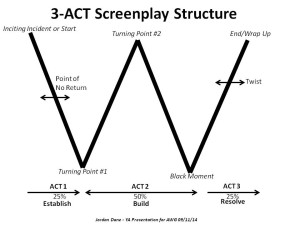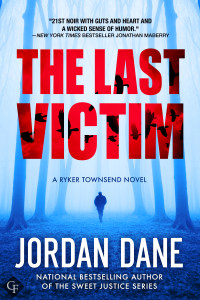Over the summer, while completing revisions on two WIPs (one YA, one MG) I took a quick step back to read a book focusing on story craft entitled ‘The Magic Words, Writing Great Books for Children and Young Adults’ by Cheryl B. Klein (a book, by the way, that I highly recommend). Most of the advice is just as relevant to adult and genre fiction and I thought I’d share some of her initial advice/comments around constructing a ‘saleable premise’ for your book.
A ‘saleable premise’ is basically a one sentence description of your book that defines the protagonist as well as the overarching action and conflict. Although constructing a saleable premise seems on its face to be fairly easy or obvious, it can be more challenging than it first appears. Embedded within this description is not only the basis of the story but also a promise to the reader that the book will live up to the expectations the premise demands.
Cheryl Klein notes that a premise can be ‘unsaleable’ if it is too dense, quiet or nebulous, or if the concept has been overdone, or the publisher can’t envision it reaching an audience. Some of the ways a premise could appeal is if the book puts a new spin on already successful material, fills a hole in the market, or when it plays to a publishing house’s particular strengths. Of course, the best way to sell your work is to make it great and compelling – but this assumes you can get someone to read it, which is why that initial description can be so important. A strong story concept is critical. It’s how readers decide to purchase your book over another one. It’s also how agents and editors decide to take the time to read your story amongst the hundreds of manuscripts they receive each week.
A ‘saleable premise’ is what you would articulate in a query letter or elevator speech to an intended agent or editor. It is also a way of getting a publisher’s attention and yet, I wonder how many writers necessarily think of a ‘saleable premise’ when they begin a writing project (?). In her book, Cheryl Klein identifies three exercises which I thought were useful for any writer when thinking about their WIP in terms of ‘saleable premise’. I’ve added some of my own thoughts when it comes to these exercises as well.
- Write down the promises of the novel. I think detailing the emotions promised to a reader can help a writer focus on reader expectations – what emotions do you want the reader to experience while reading the novel? Does the concept for the story reflect that?
- Write the premise of the novel in one sentence. I find summarizing any WIP in one sentence a challenge, but it does help focus my mind on what exactly the core/essence of my WIP is really about. As Cheryl Klein points out, you might be able to create several premises for your novel, each highlighting a different aspect or storyline in the book, but the exercise of creating each of these premises can help a writer focus on the most compelling/freshest and (dare I say it) most ‘saleable’ aspect of the book.
- Identify three comparison titles for the book. This is an exercise most writers undertake when composing a query letter or pitch to an agent or editor, but it’s also a useful process when composing a ‘saleable premise’ as it helps describe and position your novel in the marketplace and also point out how to frame your concept/story in contrast to other comparable books.
So TKZers, do you consider or compose a ‘saleable premise’ for your books? If so, at what stage of the writing process do you do this – before the first draft or only when it is ready to be submitted or published? Or is a ‘saleable premise’ something you don’t even worry about?



